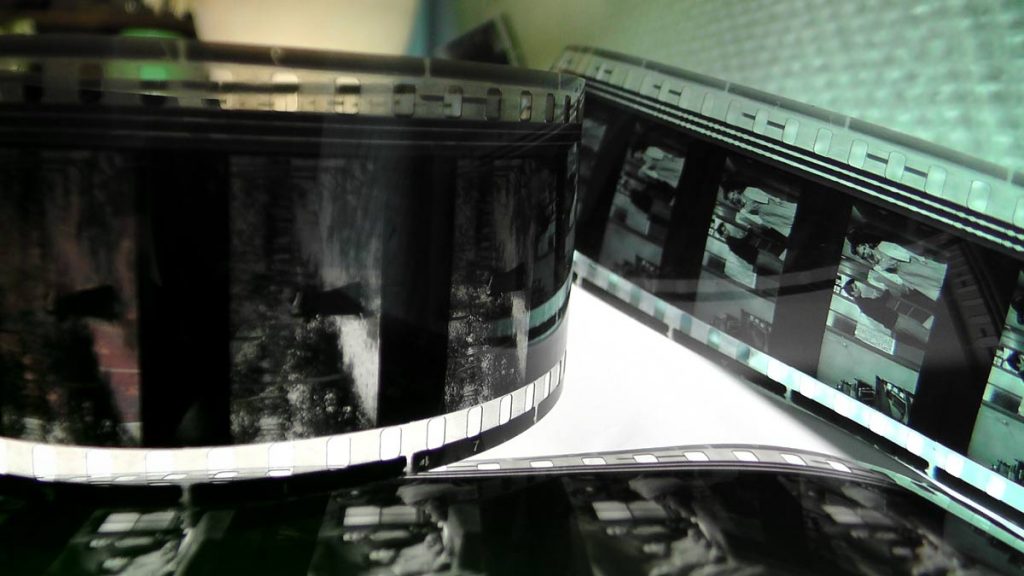In the days before internet video, the reel was an essential piece of self-marketing, the capstone on top of a polished resume and project list. These days, a killer reel can still give you a leg up on the competition, especially if you’re trying to make new contacts, or stand out in a field of dozens of candidates. In the world of social media, each of us is our own brand, and it’s up to us to make a sizzle reel that gets potential clients excited. Here’s my top ten list for how to make a reel jump through the screen and get gigs on your calendar.
1. Start at the top. In almost every other video, you want to build to a climax. With a reel, you’re starting at the end of the third act. Open with something awesome, and set the bar high.
2. Keep it short. There is no reason a reel should be more than 90 seconds, ever. Closer to 60 makes even more sense. If the audience needs more, make them click “replay.” A good reel should be short enough to make them ask questions, and they should still remember the beginning when they get to the end.
3. Stay specific. Don’t show me one project you edited, another you wrote, and a third you were assistant camera on. I’ll just assume you have no idea what you want to do with your career. If you really want to showcase your work in multiple positions, try making a different reel for each category of work.
 4. Don’t cheat! I’ve gotten reels where I KNOW who actually worked on the project, and it wasn’t the person who was taking credit. I assure you, your resume will end up at the bottom of the pile for a very long time if you take credit where you haven’t earned it.
4. Don’t cheat! I’ve gotten reels where I KNOW who actually worked on the project, and it wasn’t the person who was taking credit. I assure you, your resume will end up at the bottom of the pile for a very long time if you take credit where you haven’t earned it.
5. Over-text is so 2009. In montage (sometimes called “collage”) reels, pacing is more important than context. You can give the viewer context in the video title, in the video description, and in the email you send with the video link. We don’t need something to read while we’re supposed to be watching what you’ve done. A long list of brands or campaigns will take us out of the visuals and turn your reel into a video resume. If you’re making a scene reel (where you’re only showing 3-4 excerpts each about twenty seconds long) a very short description may be appropriate. Personally, I think scene reels are too short to be useful, and just long enough to risk being boring. If I’m hiring a director or editor, I will ask to see some other work samples, and this is where I learn about their ability to cut together scenes and tell stories.
6. Don’t just cut on the beat! I’ve seen other people suggest just exactly that, and it’s terrible advice. I’ve heard this called “Mickey Mouse Editing” and it will seem amateurish and predictable. Use the motion within the shots to connect with the music. Finding the internal rhythm of the clips will seem more professional, and leave the audience wanting more. If you’re not a pro editor, consider hiring someone to edit it for you. A professional editor will also be a big help if you’re trying to mix multiple formats, frame rates, and aspect ratios in a single reel.
7. End your reel with a simple way for your audience to get in touch with you. This is where it’s okay to use text and logos.
8. Put it online. Of course, you should probably have a hard copy of it with you if you’re in an interview, but these days we expect everything to be online. Of course it should be on YouTube and Vimeo, but don’t forget to put it on your other portfolio and job search sites, as well.
9. Ask for feedback. Your audience will see things that you don’t, and be confused more easily than you might expect. Show your friends, show your mom, and definitely show other people in the industry. Try to listen without being defensive. Remember, you won’t be there to defend your reel when a potential gig is on the line.
10. Keep it fresh. I suggest updating your reel every year. If you’re continuously improving, then your most recent work should always be your best. Show it off!
Now go cut a killer reel, get it online, and share it!
Jon Kline is a Cinematographer/DP living in Chicago. You can see his reel here.




